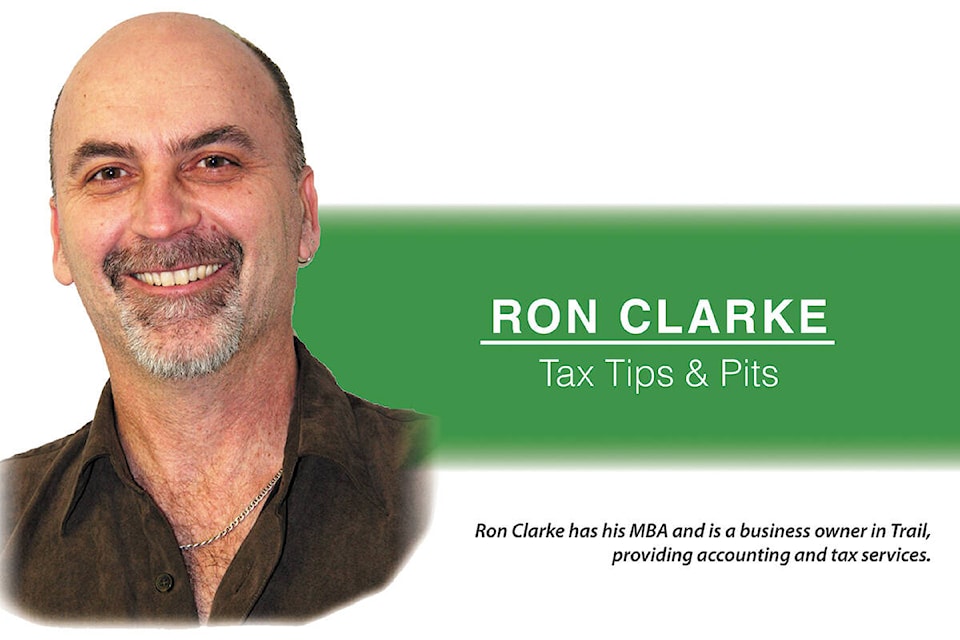by RON CLARKE
****************
You likely have heard the term “non-arm’s length” relationship.
You may even be confident that you know the definition of “non-arm’s length.” However, what you may not appreciate is this, depending on who is defining that term, the inclusion or exclusion of certain people as “non-arms length” person may vary.
Generally speaking, non-arms length includes any person that is related to you.
When it comes to Canada Revenue Agency (CRA), this includes blood, marriage/common-law and adopted relationships.
Your children, grandchildren, parents, grandparents, siblings are the first grouping, then add your spouse and your spouse’s same group of people just listed. Finally, add the spouses of your siblings and of your spouse’s siblings.
Noteworthy, your and your spouse’s aunts, uncles, nieces, and nephews are not considered non-arm’s length relationships by CRA. Instead CRA considers them independent third parties.
Then there is the CRA definition of non-arms length relationships for corporations.
Suffice it to say for the purpose of this column, a corporation is considered an “individual entity” by CRA so any corporation that you are a shareholder with 51 per cent ownership or greater are considered operating at a “non-arms length” relationship.
So, how does all this come into play when transferring property?
Here are three of the most common asset transactions between non-arms length relationships.
If you sell an asset to a non-arms length person for less than its fair market value (FMV), the asset is considered to have been sold at FMV, so your taxation is based on the gain from the FMV to the price you had originally paid for it.
At the same time, the person who bought it will not be able to use the FMV as their cost of the asset. Instead, the actual cost they paid you for it will be the value used in the tax calculations at the time of their disposing of the asset in the future.
If you gift an asset to a non-arms length person, or even an arm’s length person for that matter, for taxation purposes the asset will be deemed “sold” and establishing the value of the asset for tax purposes is based on the FMV at the time the asset was gifted.
At the same time, the person who received the gifted asset will have that FMV as their cost of the asset, and this will be the value used in the tax calculations at the time of their disposing of the asset in the future.
As usual with CRA rules, there are exceptions.
If you transfer an asset to your spouse or common law partner, none of the above typically applies. This selling or gifting is determined to be a tax free “rollover” by CRA, and arguably that is a fair approach.
As much as the rollover appears to be a no-brainer, there are a few tax situations that make sense for a person to choose to elect out of this tax free opportunity.
However, one of those situations when it does not make sense to elect out of the rollover is when a person attempts to take advantage of a loss on an asset by selling the asset to their significant other and claiming that loss on their tax return.
If reviewed, CRA often determines this loss to be a superficial loss and it will be denied.
Aren’t families complicated.
Ron Clarke, owner of JBS Business Services in Trail, provides accounting and tax services.
